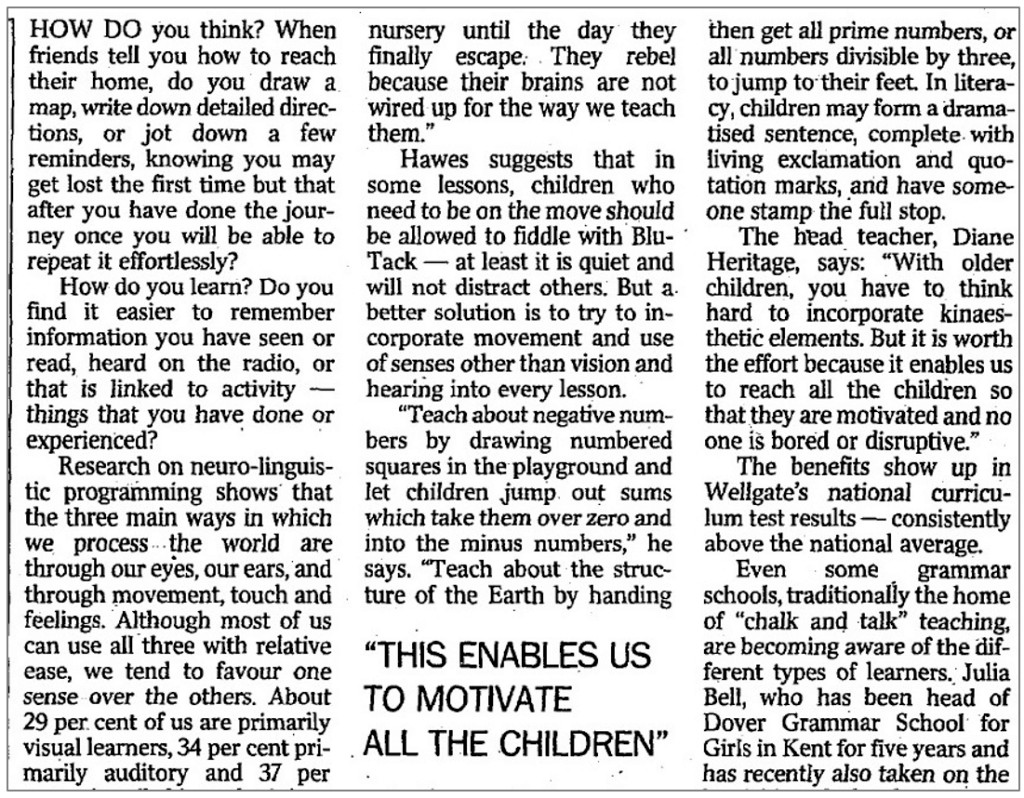Understanding your learning style can significantly impact your academic success. This article explores the importance of learning styles, focusing on visual, auditory, and kinesthetic learning, and offers practical tips for visual learners to optimize their study habits. Knowing your preferred learning method allows you to tailor your study techniques to your strengths, enhancing comprehension and retention.
Understanding the Three Main Learning Styles
Learning styles categorize how individuals best absorb and process information. The three primary learning styles are:
-
Visual Learners: These learners thrive on visual aids like diagrams, charts, images, and colors. They often benefit from using flashcards, mind maps, and visually organizing their notes.
-
Auditory Learners: Auditory learners prefer listening to information. They may learn best through lectures, discussions, audio recordings, and reading aloud. Repetition and verbal explanations are crucial for their understanding.
-
Kinesthetic Learners: Kinesthetic learners, also known as tactile learners, learn through hands-on experiences and movement. They benefit from practical demonstrations, role-playing, experiments, and actively engaging with the material.
The Importance of Identifying Your Learning Style
Knowing your learning style empowers you to:
-
Improve Learning Experience: Tailoring your study methods to your learning style makes learning more engaging and efficient. You can focus on techniques that resonate with your preferred way of processing information.
-
Enhance Knowledge and Skillset: By leveraging your strengths, you can grasp concepts more quickly and retain information more effectively, leading to a deeper understanding of the subject matter.
-
Gain an Academic Advantage: Understanding your limitations allows you to develop strategies to overcome challenges and improve in areas where you might struggle. This self-awareness can significantly boost your academic performance.
-
Promote Inclusive Education: Recognizing the diversity of learning styles enables educators to create lesson plans that cater to all students, ensuring equal learning opportunities for everyone.
Practical Tips for Visual Learners
Visual learners can utilize several strategies to maximize their learning potential:
Utilizing Mind Maps for Visual Learning
Mind maps are powerful tools for visual learners. They provide a visual representation of connections between ideas, making complex information easier to understand and remember. Using colors, images, and keywords in mind maps can further enhance their effectiveness.
Leveraging Diagrams for Visual Learners
Diagrams offer a clear and concise way to present information visually. They simplify complex concepts and help visual learners grasp the bigger picture. Incorporating diagrams into notes and flashcards can significantly aid in memorization and understanding.
Optimizing Study Environment for Visual Learners
Visual learners often benefit from a visually stimulating environment. Placing revision notes, diagrams, and other visual aids in prominent locations can reinforce learning passively. Using color-coded notes and highlighters can further enhance visual organization.
The Value of Exploring Different Learning Styles
While knowing your primary learning style is crucial, it’s essential to remain open to other learning methods. Experimenting with different techniques can provide new perspectives and help you overcome challenges in specific subjects. A well-rounded learner utilizes a variety of strategies to adapt to different learning situations.
Conclusion
Understanding your learning style is a key factor in optimizing your learning process. While focusing on your preferred method is crucial, embracing a flexible approach and exploring different techniques can further enhance your learning journey. By leveraging your strengths and addressing your weaknesses, you can unlock your full academic potential and achieve greater success.

